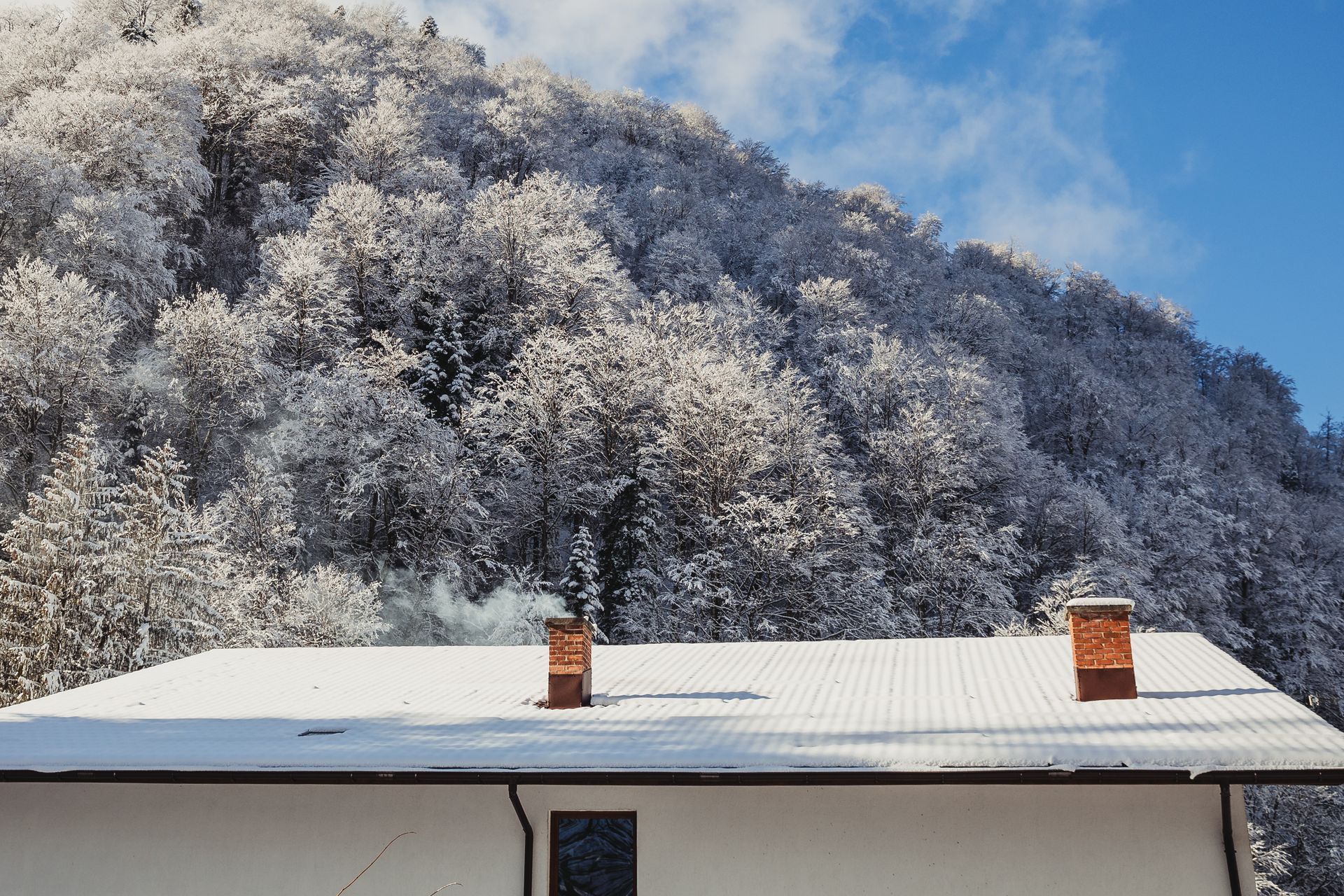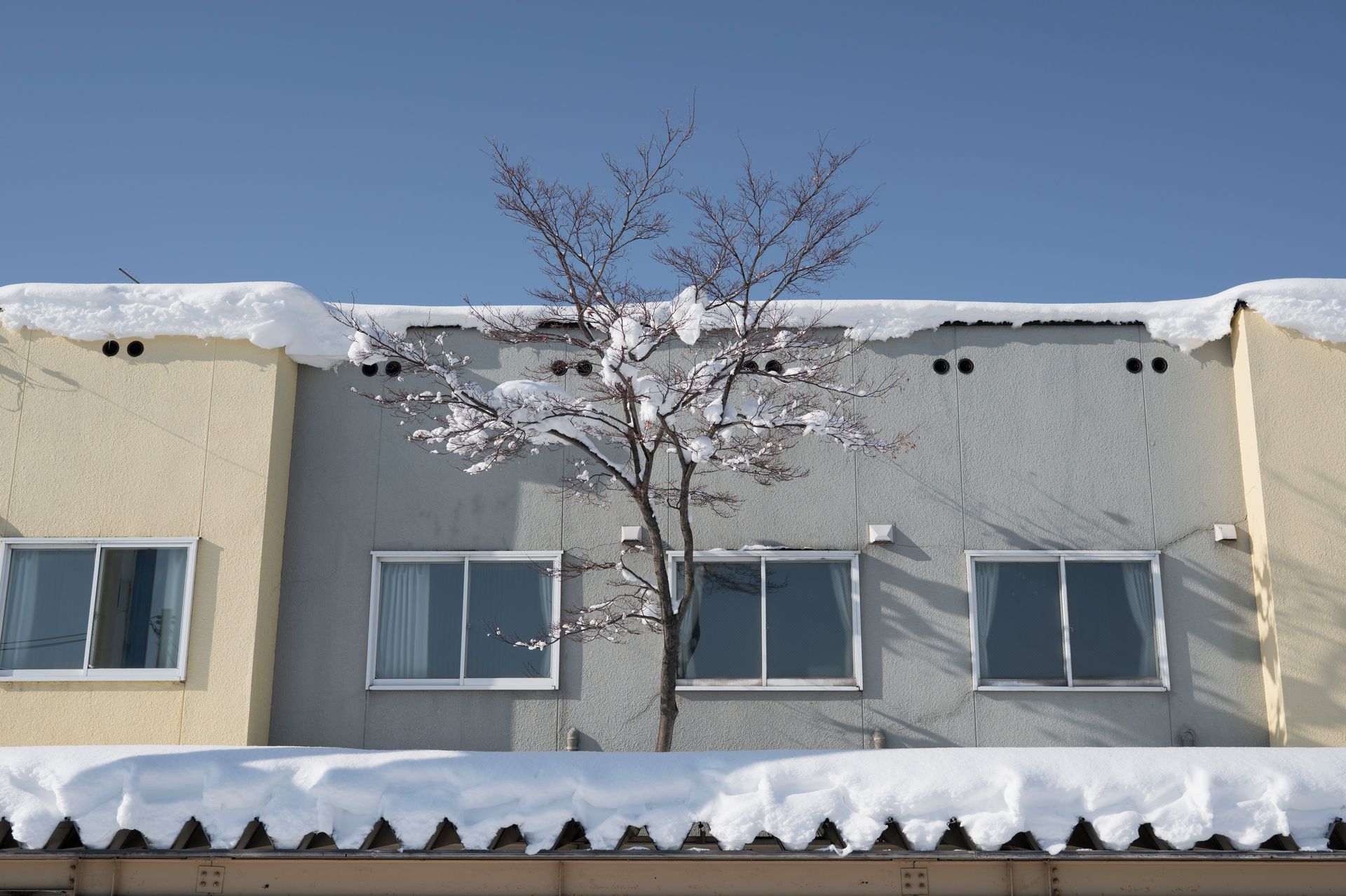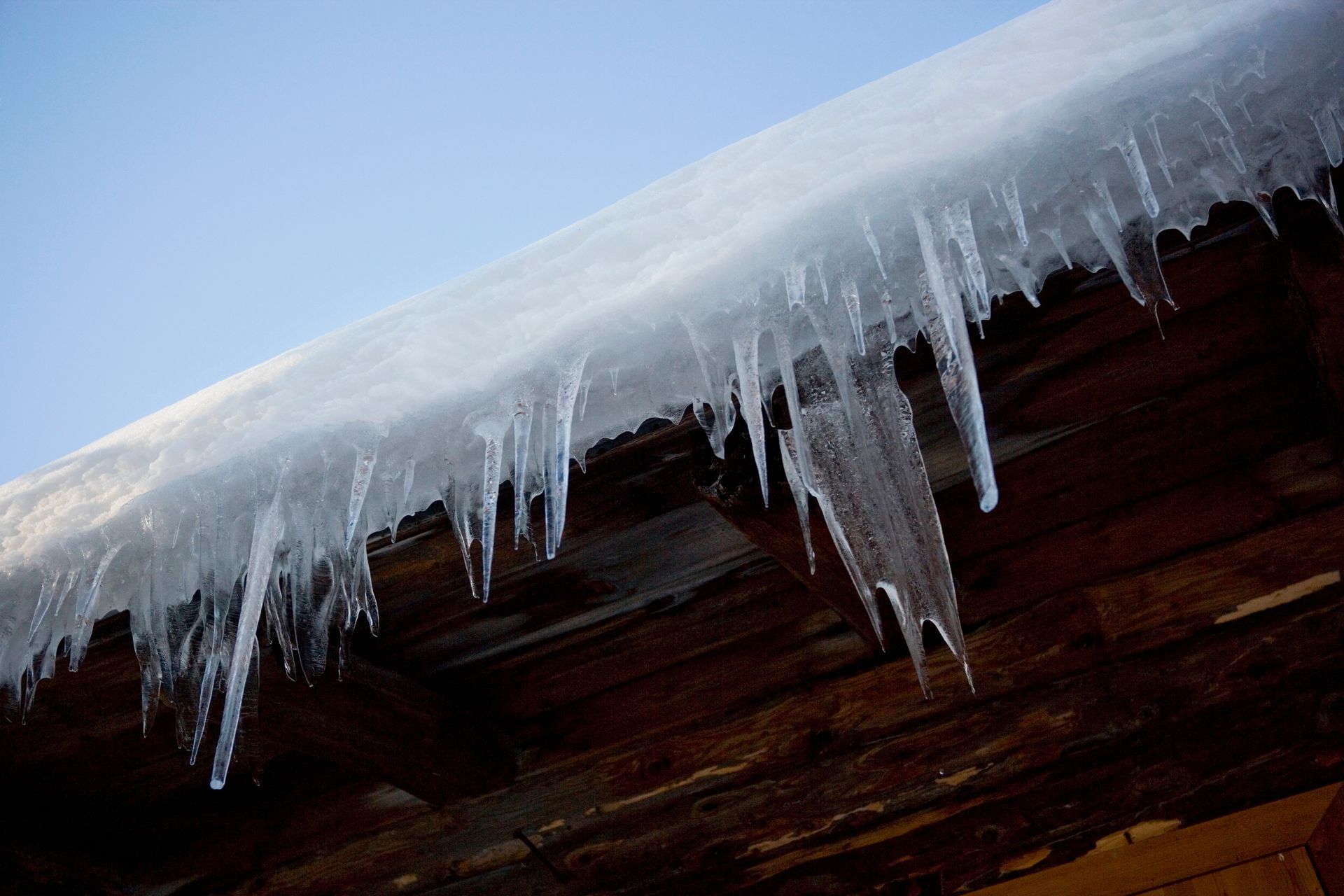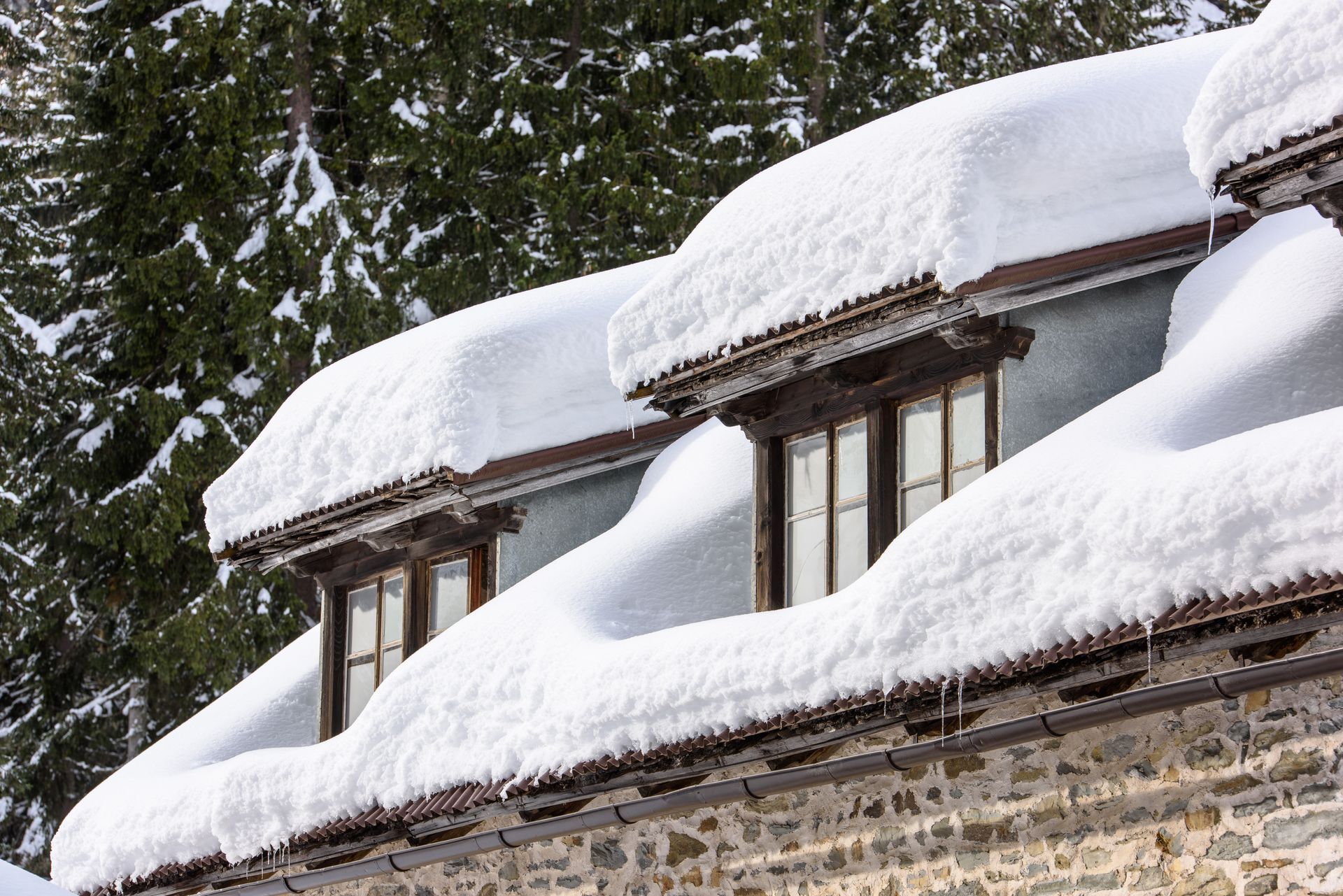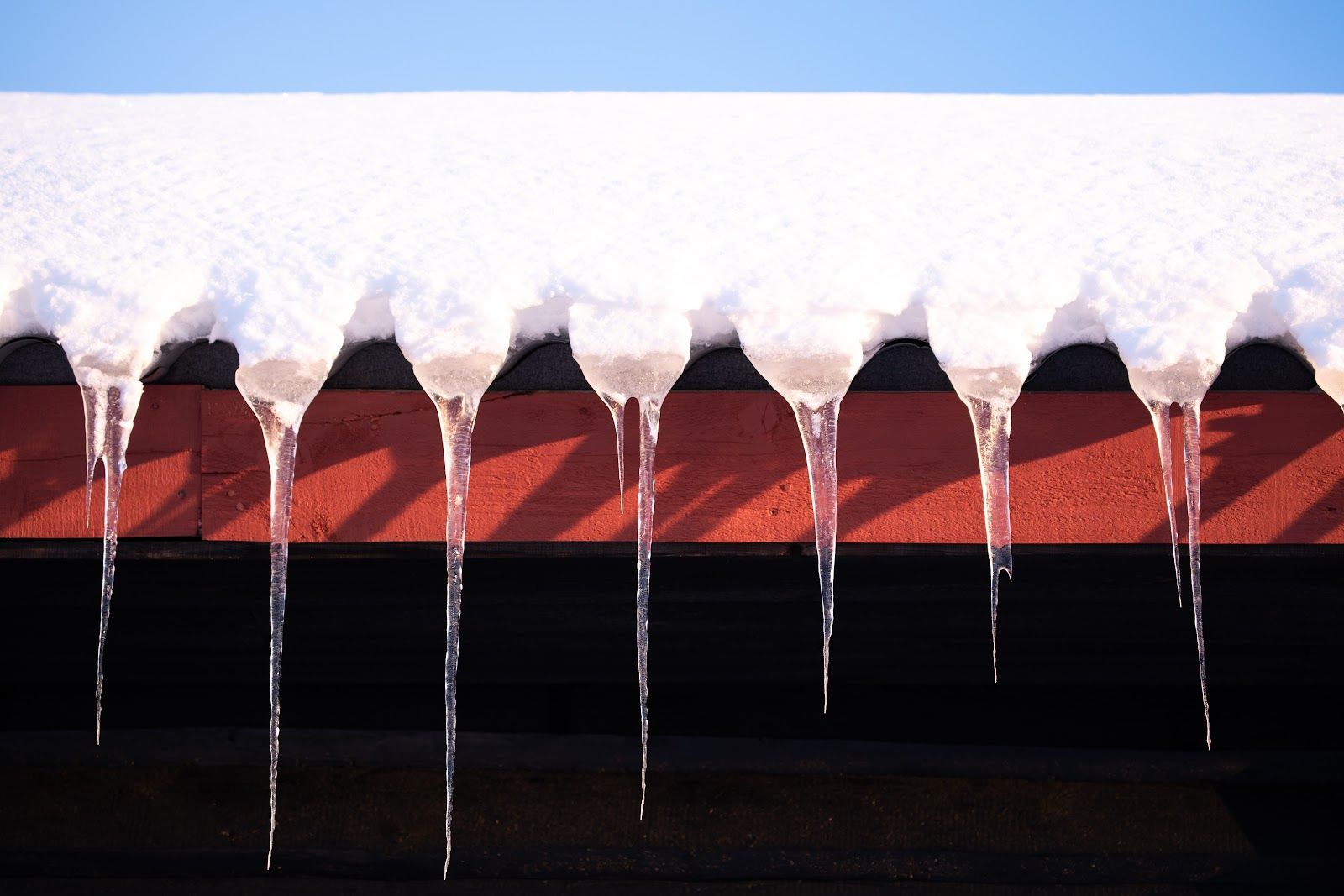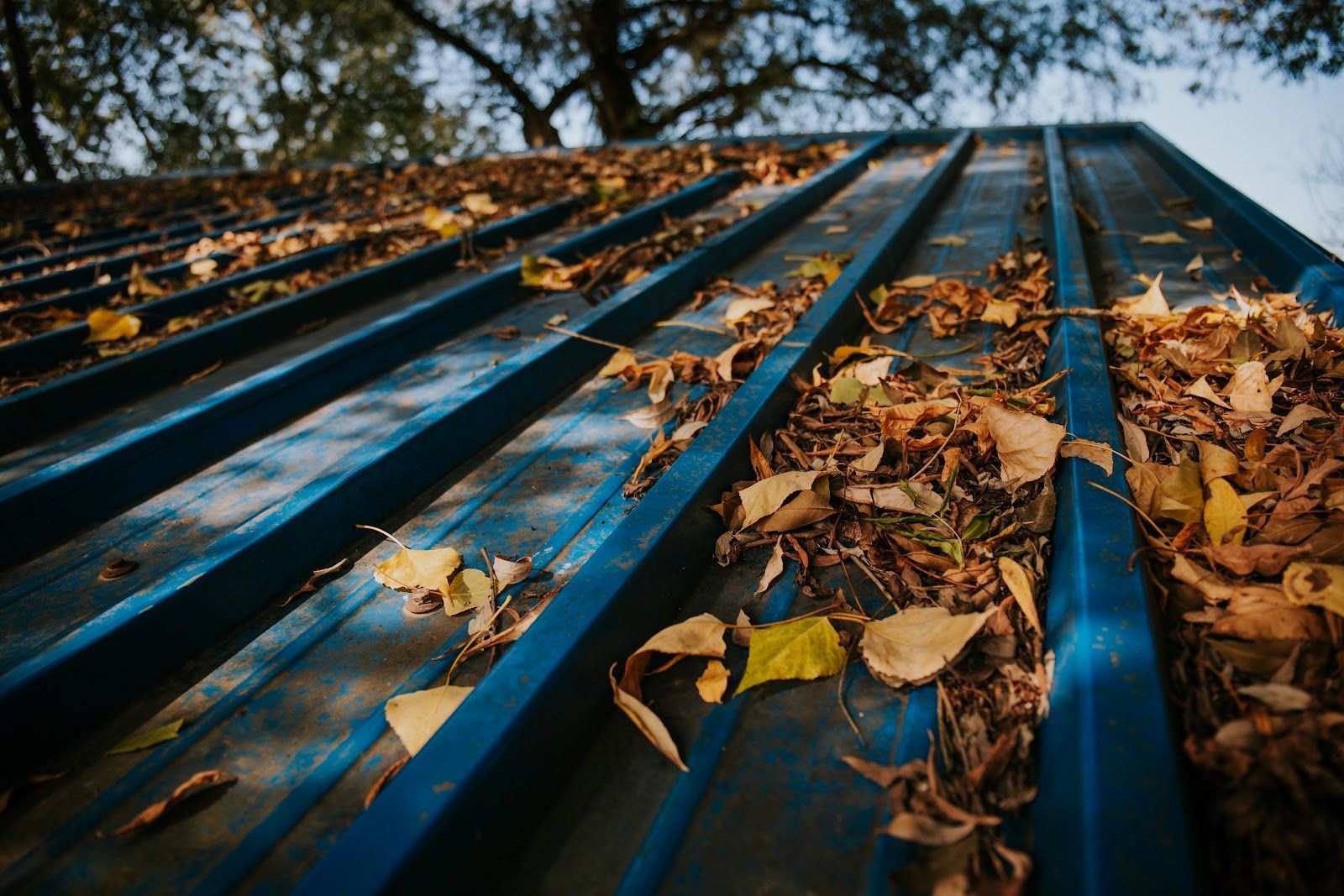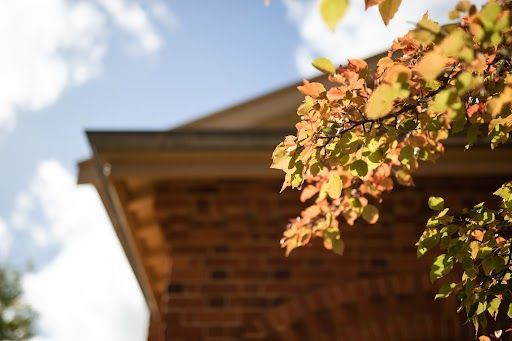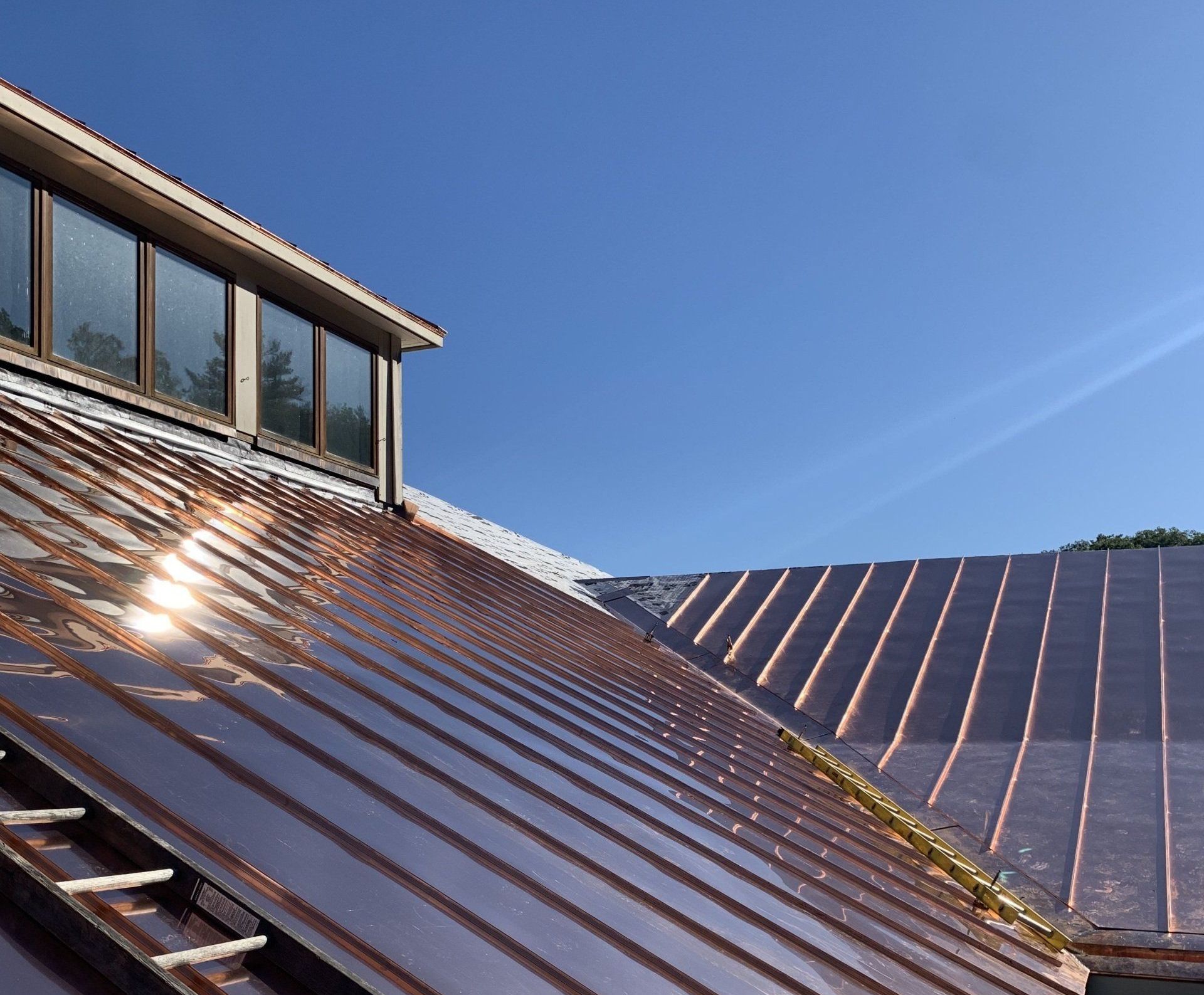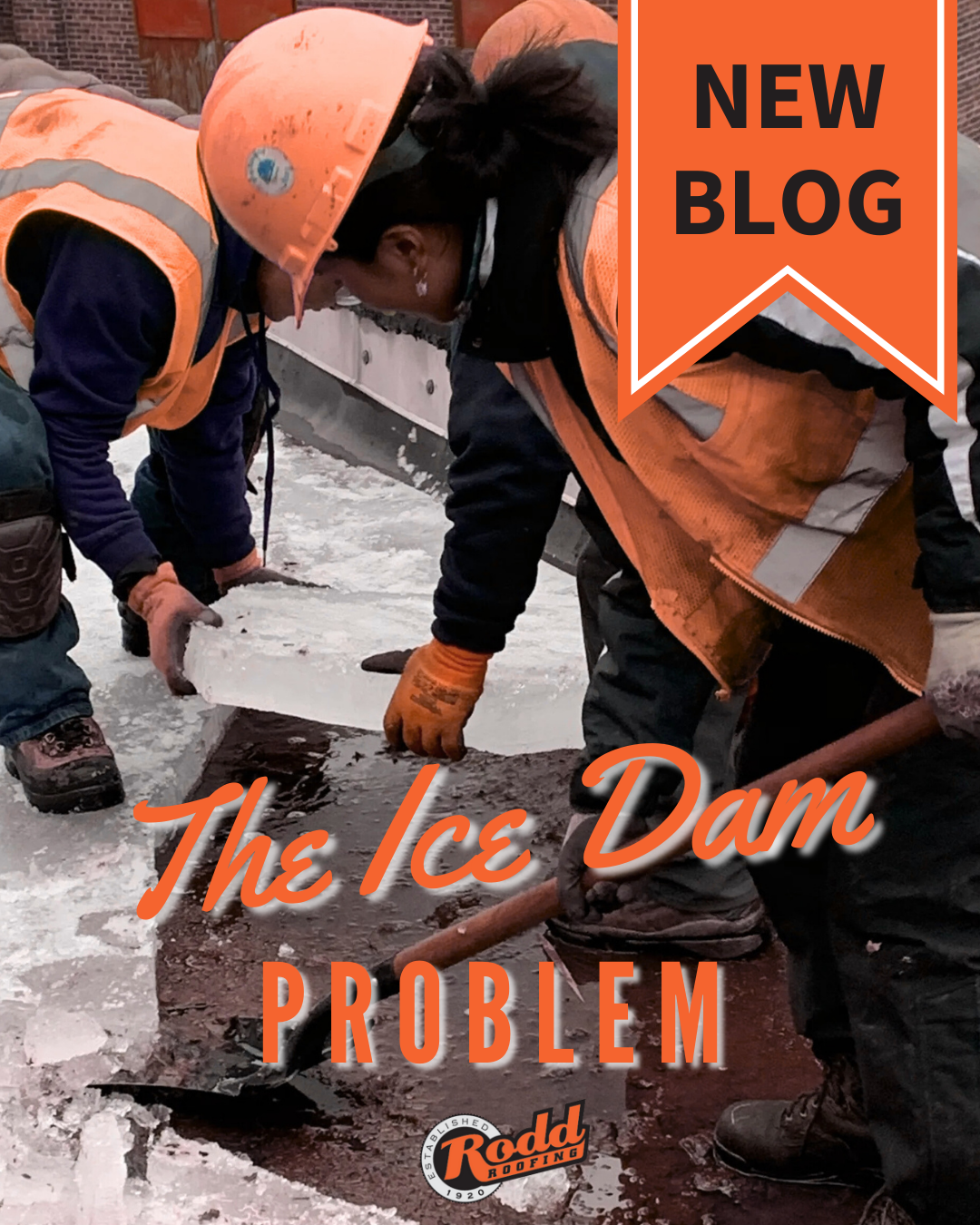8 Roof Edge Failure Factors
8 Roof Edge Failure Factors
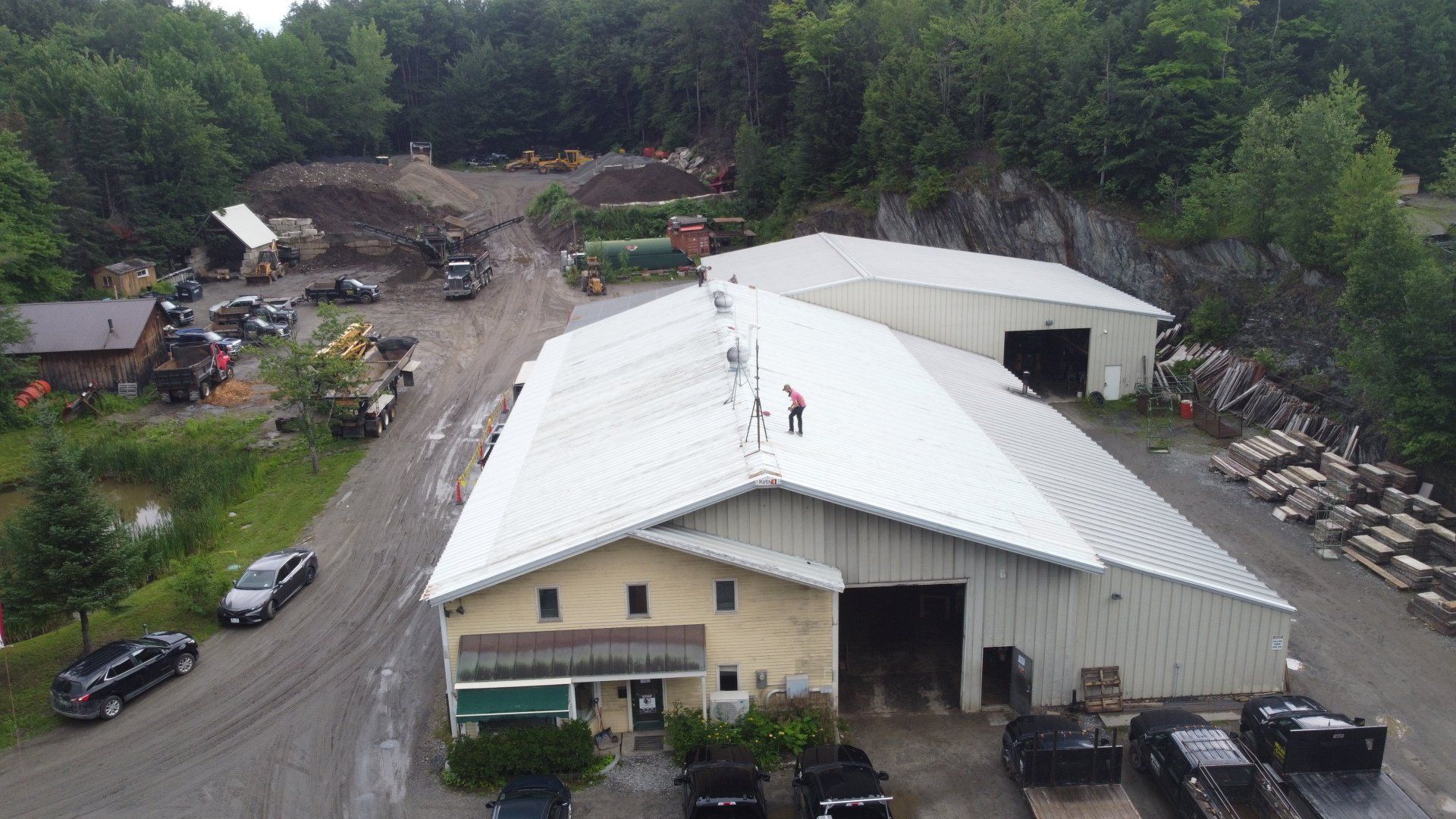
Low-slope roofs are subjected to Mother Nature's wrath on a regular basis. High winds, torrential rains, powerful UV rays, and large snow loads can all cause havoc on a roof's edges.
Problems along the roof's perimeter account for more than half of all roof edge failure issues. We've developed a list of eight of the most typical roof edge failure triggers that shorten roof life.
1. Failure to allow for expansion.
Temperature fluctuations cause the metal roof edge to expand and contract. When a skilled roofing contractor installs a roof, they should plan for material movement. Expansion damage is more likely if the installation team skimps on the metal gauge.
2. Failure to install roof edge in accordance with industry standards.
Building codes require roofing companies to comply with minimum construction standards. If your roof edge does not meet ES-1 standards, the useful life of the roof is at risk.
3. Failure to use compatible metals.
Corrosion can be triggered by the indiscriminate use of certain metals, possibly shortening roof edge life.
4. Failure to use the right fasteners.
The roof edge installer must use the proper fasteners for the type of roof edge being placed. Fasteners should be corrosion-resistant and difficult to remove.
5. Failure at the flashing.
Water damage beneath the flashing can be caused by flashing that does not provide appropriate covering of the nailing strip.
6. Failure to consider the local environment.
Different climates necessitate the usage of various roof edge materials. In coastal areas, galvanized metal or aluminum are not suitable choices since they corrode quickly.
7. Failure to use a weather-resistant finish.
If the roof edge metal has been painted in the field and the paint was not designed to withstand UV radiation, the paint may fade or peel, exposing the bare metal.
8. Failure to use a high quality roofing installer.
In the end, the firm that installs your roof is only as excellent as it is. It is not always the case that the lowest bid is the best. Checking the roofing company's references and comparing projected scopes of work can lead to a badly installed roof and high maintenance expenses.


